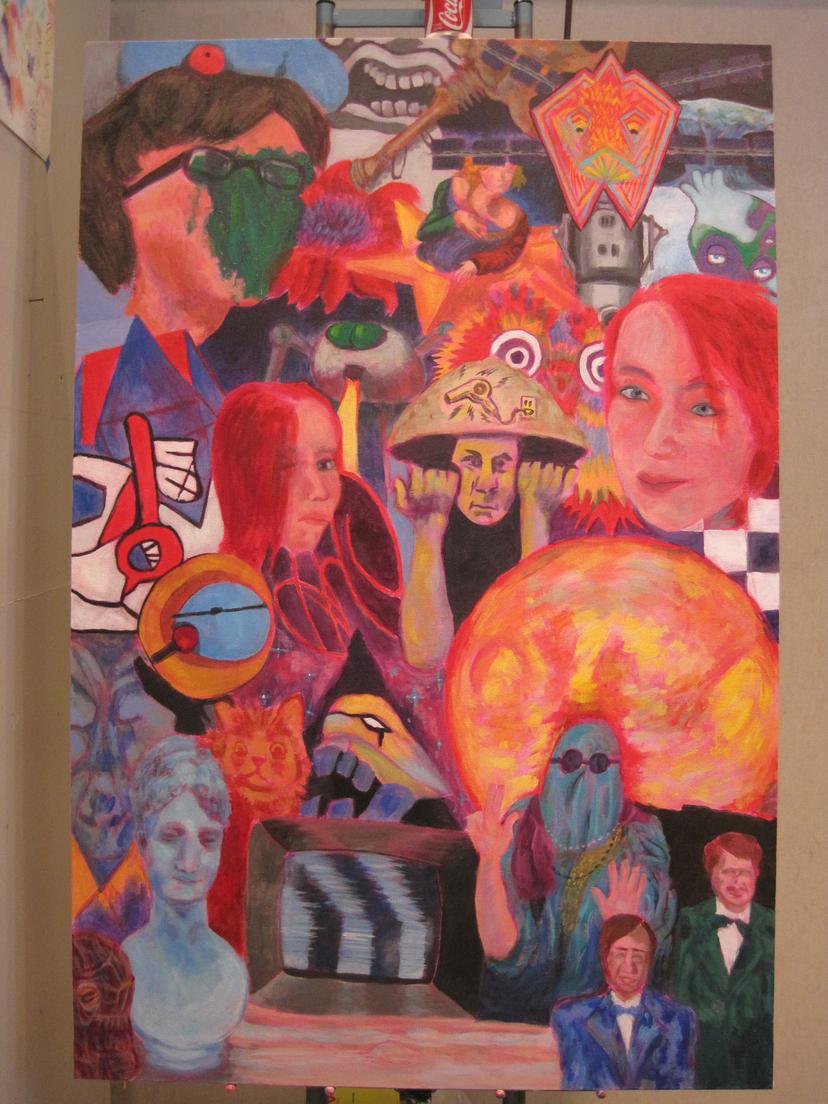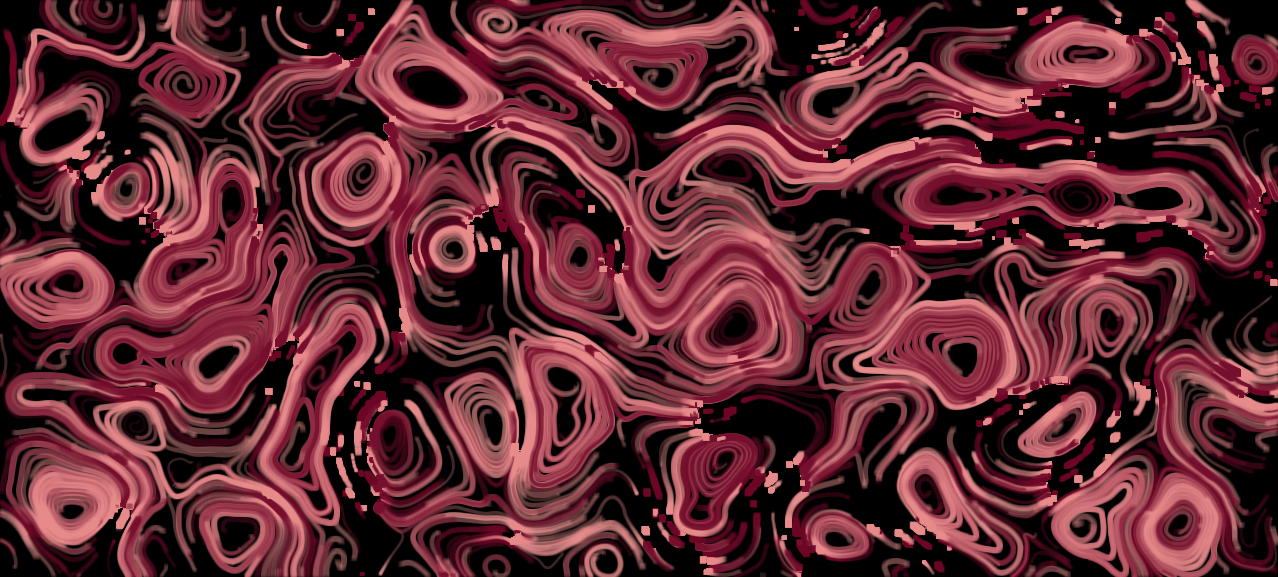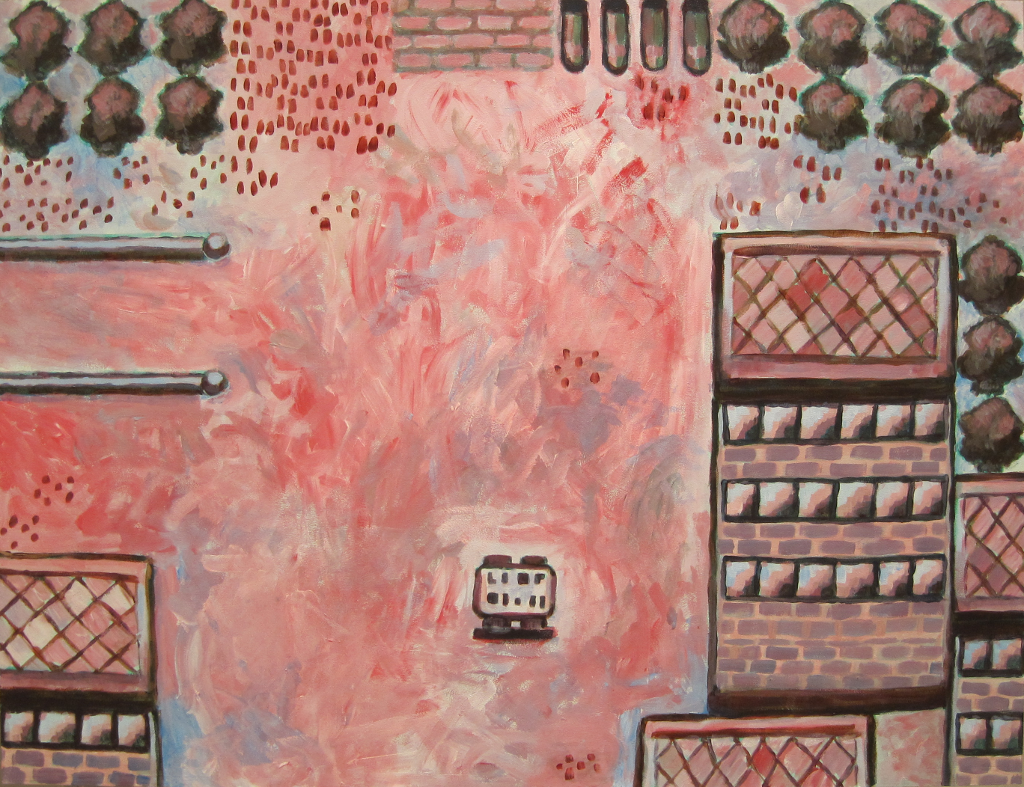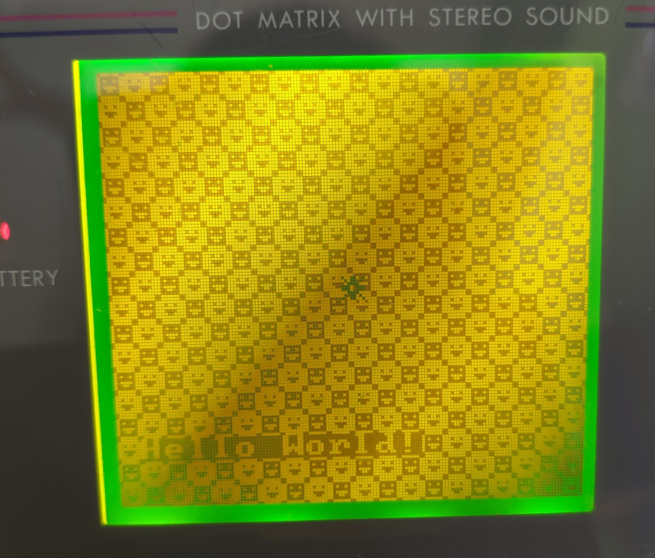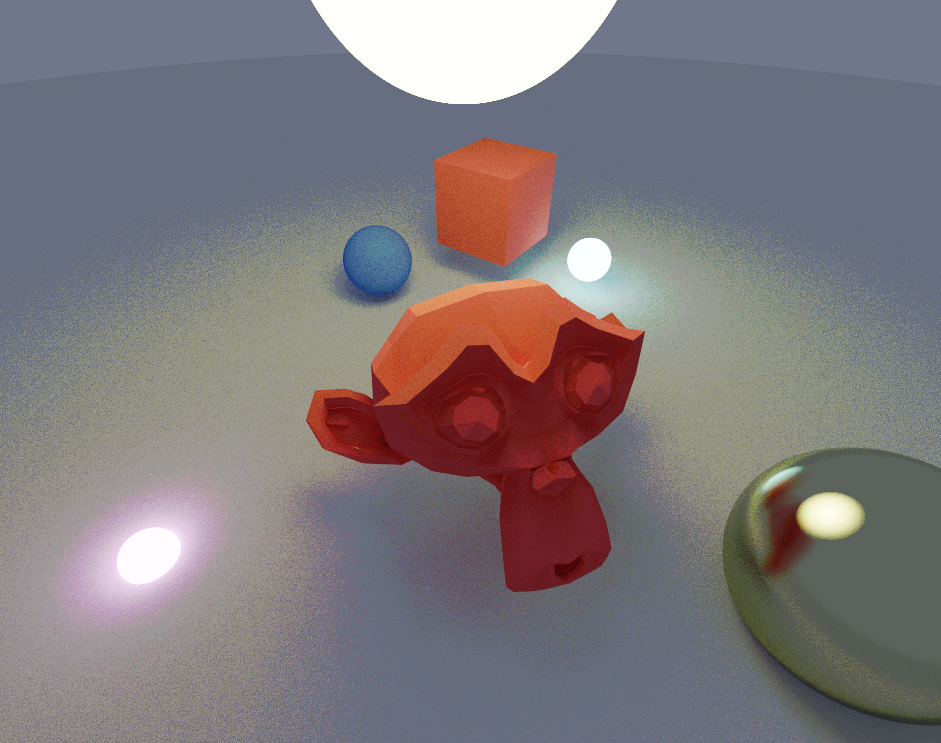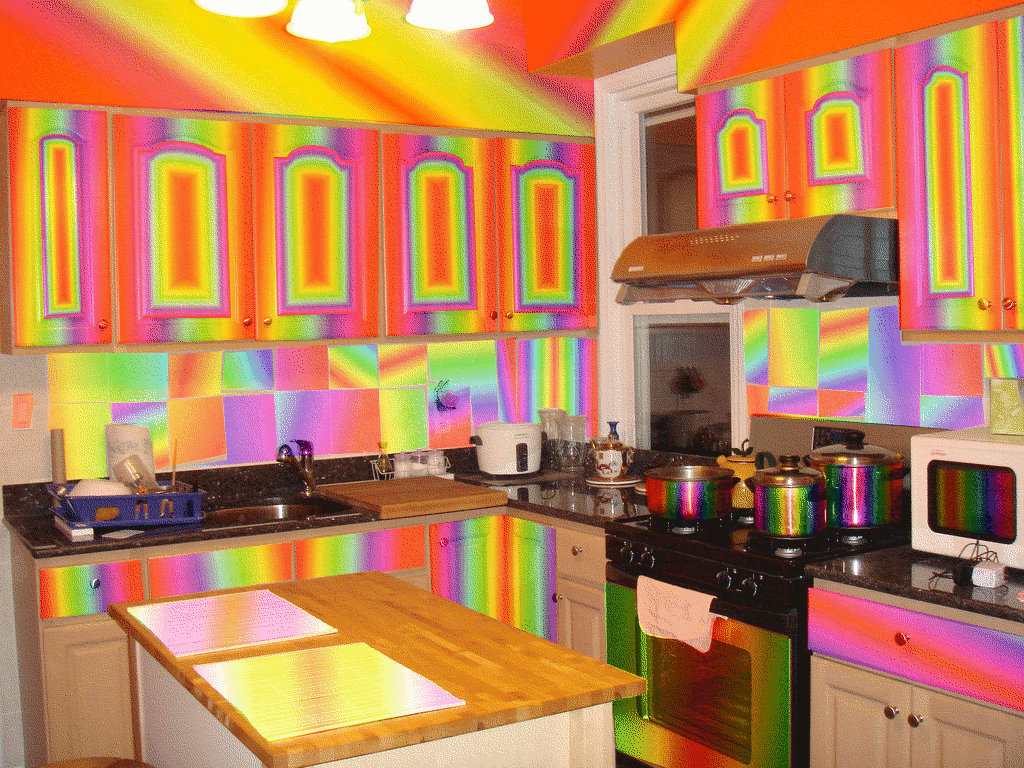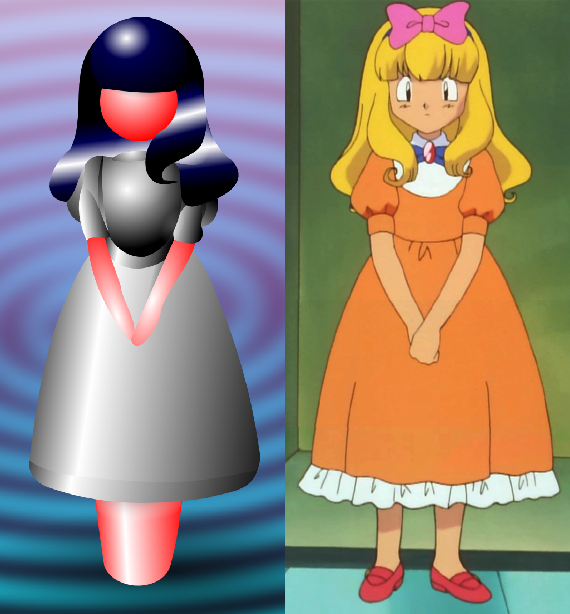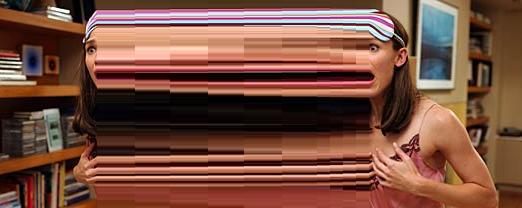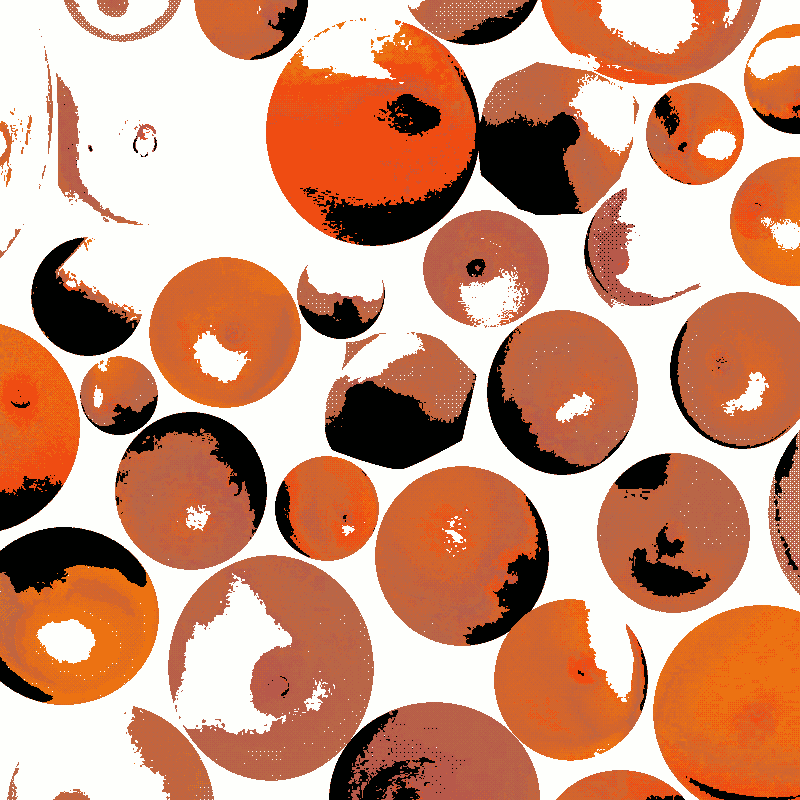Host, 2009
Introduction
About a year ago I took down most of my art from the internet. I had maintained an online art practice since 2009, but with my transition came a deep distrust of my previous creative work. As I found myself deepening my ability to feel emotion, my earlier art felt extremely flat and muted to me. It embarrassed me to have it still visible online, as it felt unrepresentative of my current understanding of myself, so I decided to take it down until I had time to sort things out. Now it’s been a year and I’m starting to feel like I have a way to talk about that art.
But before I do that, I need to talk about eggs. For those unfamiliar with the term, an egg is someone who has not realized that they are trans. One cannot identify as an egg, either you are living in ignorance - maybe “gender questioning” - or you know you are trans. So “egg” is a label applied to one’s past but not an identity actively lived. Theorist fave Grace Lavery writes in Pleasure and Efficacy about a concept she calls “egg theory,” a way of understanding egg reasoning, and by consequence art production. She describes egg theory as being defined by two forces: one, the impossibility of transition for the egg in question, and two that this transition is prevented by what she calls “desire… aerosolized into a fine spray… all that is required is that its ontology be virtual and plastic.”
In other words, an egg has unexpressed desires to transition and live as their proper gender. Those desires meet the egg's perception of the impossibility of transition, and through a twisted logic of self preservation become abstracted into other forms. These other forms look like repression, weird rules one has for oneself, projection. As desire persists and grows, so does this transmutation of desire into a protective mass. This is the shell of the egg.
Examining my Eggshell
My first tip-off that I needed to reexamine my art from an egg theory perspective came when I was walking up the stairs one day and took a long, deep look into a painting I had made in college called “Host.” I didn’t remember my original intentions behind Host, just that I had pulled images out of my folder of random pics I saved from the internet and collaged them together into a composition. As I looked at the painting, I could see that all of my selections had something to do with embodiment - cringey masculine figures in crushed velvet suits, sexy punk girls with bright red hair, a woman with a joyous expression that I had covered in a blot of green. Alien forms with twisted bodies, an Evangelion EVA suit, a space station given a tribal mask for a face. A study of a bust literally titled "Ideal Head of a Woman." The figure in the lower right with the glasses is a self portrait, I'm wearing my wife's invisibility cloak to hide my face. All undergirded by a field of bright pink. I realized, in viewing my painting with fresh eyes, that it was an expression of gender envy, of my struggles with my body at the time, a 20 year old hiding behind a shaggy haircut and nondescript baggy clothes.
I discussed my moment of recognition with an artist friend who is also trans and had been going through the same struggle with her older work, and so we compared notes. We started finding curious tendencies in our art that seemed to be indicative of a need for deflection, abstraction, and also secret desire. In looking back and trying to remember my feeling around art production, I believe that these tendencies were protective, stemming from repression of my transness, and therefore pieces of my egg shell. I want to outline the tendencies I found in my art here, in case other people can relate.
Tendencies
Systematization
Perlin Flow Playground, 2017
WebGL app for drawing using Perlin Noise
Procedural Metaphor Generator, 2018
Command line tool that generates metaphors from templates and lists of common words
By treating art-making as a series of operations or set of instructions to follow, I couched my expression safely in the constraints of rigorous systems. Some constraint is good for creativity, it lends to solving problems of expression in novel ways. But too much constraint and art becomes repetitive or tepid. This is exactly what I wanted as an egg, because it protected my choices (and therefore my inner being) from too much scrutiny. I justified this creative approach by relating it back to conceptual artists like Sol LeWitt, but the difference was that LeWitt and others were using systems as a way of engaging with others in the creative process.
Imitation
Landscape, 2009
Acrylic on MDF, composition made from map tiles from Pokémon Red
Time, 2010
A vector art pastiche of Salvador Dali's The Persistence of Memory
Ironic distance served me by allowing for the feeling of artistic expression without the challenges of self awareness and emotional connection. There’s something eggy about trying on other artists in the manner of clothing, as well. I've written a little bit more about this tendency with regard to wordplay in the post Learning to Trust.
Technical mastery
Game Boy Assembly Experiment, 2019
Setup for a custom Game Boy cartridge
WebGPU Sketch, 2022
A raytracer that runs in the browser
In order to systematize and imitate more effectively, one needs to increase their technical ability. For my egg self, this looked like deep diving into the specifics of a medium only to lose sight of my original reason for mastering that medium, leading to outcomes closer to “programmer art.” I was fleeing from the challenge of subject matter, of investigating my feelings around a composition, and so I spent time getting really good at certain media and techniques that I would undoubtedly eventually use for expression. Someday.
Tools over expression
Teensy TV, 2020
A microcontroller for generating composite video signals
GIF Brushes, 2013
A website in which users could use GIFs as animated brushes on the page
Similarly, I found myself often building tools and inventing media formats ostensibly to enable art production for myself and unnamed others. I failed to actually use these tools, and no one else used them, because they were built to keep me away from creativity, not to enable it.
Stoned shit
Hallucination 2, 2008
Animated GIF
THOMASALVIA.GIF, 2010
Animated GIF
We’ve all heard the cliche about drug use enabling artists to access their subconscious and enable further expression. I think a lot of people repeating this fail to recognize how often artists - people in general - eggs, especially - use drugs to get away from their feelings. The art I made with drug use manifested as feedback, repetition or deformation of form until obliteration, turning up the gain until the speakers blew. I didn't have to sit with my inner voice if it was drowned out.
Gender envy and dysphoria
Woman, 2010
Vector art study. Final image on the left, source image (found in the same folder) on the right.
Yes, that is Ash Ketchum. All I can say is: GIRL.
13_going_on_30.jpg, 2010
JPG from the Broad Abstractions series (2009-11)
Oranges, 2009
Static GIF
I found myself toying with gender in what I thought were "safe" or appropriate ways, but as a whole my choices reveal certain desires and emotions. A face swap or body swap may look harmless or funny, but add enough of them up and a picture of incongruity starts to form. Related to the “stoned shit” tendency I see a repeated motif of bodily obliteration in my work, splitting apart and breaking down bodies to constituent parts. These especially crop up in images of women, but also occur in my selfies. The images are usually humorous and never abject or visceral, but they're certainly weird. Also some of my drawings of women beg the question “is that a self portrait?”.
I made collages that first appear to be sexualized or objectifying, but the egginess comes through in the lack of male gaze - there are mixed messages as to why I am centering these bodies or disassembled body parts. I now read these images as built upon the interplay of my desire to have a female body with the confusion of testosterone-driven libido and repressed lesbian identity.
Closing thoughts
I wouldn't want to give the impression that there weren't things I learned or grew from in this art making period of my life. Looking back, my old art reminds me of how a seedling twists itself as it hunts for light, it grows but with constraints. I'm beating myself up a lot less than I used to over my art practice because I can see how much of it was a struggle for me, how contorted I got when trying to approach my own feelings or certain subjects. I'm not sure yet how I want to rebuild my online art practice or to what degree beyond this blogpost I even want to represent my egg art online, but with understanding comes forgiveness and that feels like a good start to me. If you're a transgender person with an art practice and you've recognized egg tendencies in your art (similar to mine or not), I'd love to hear from you.
